Lighting design-week5 Portrait Gallery Lighting Analysis Zhu ShenXu s2553129
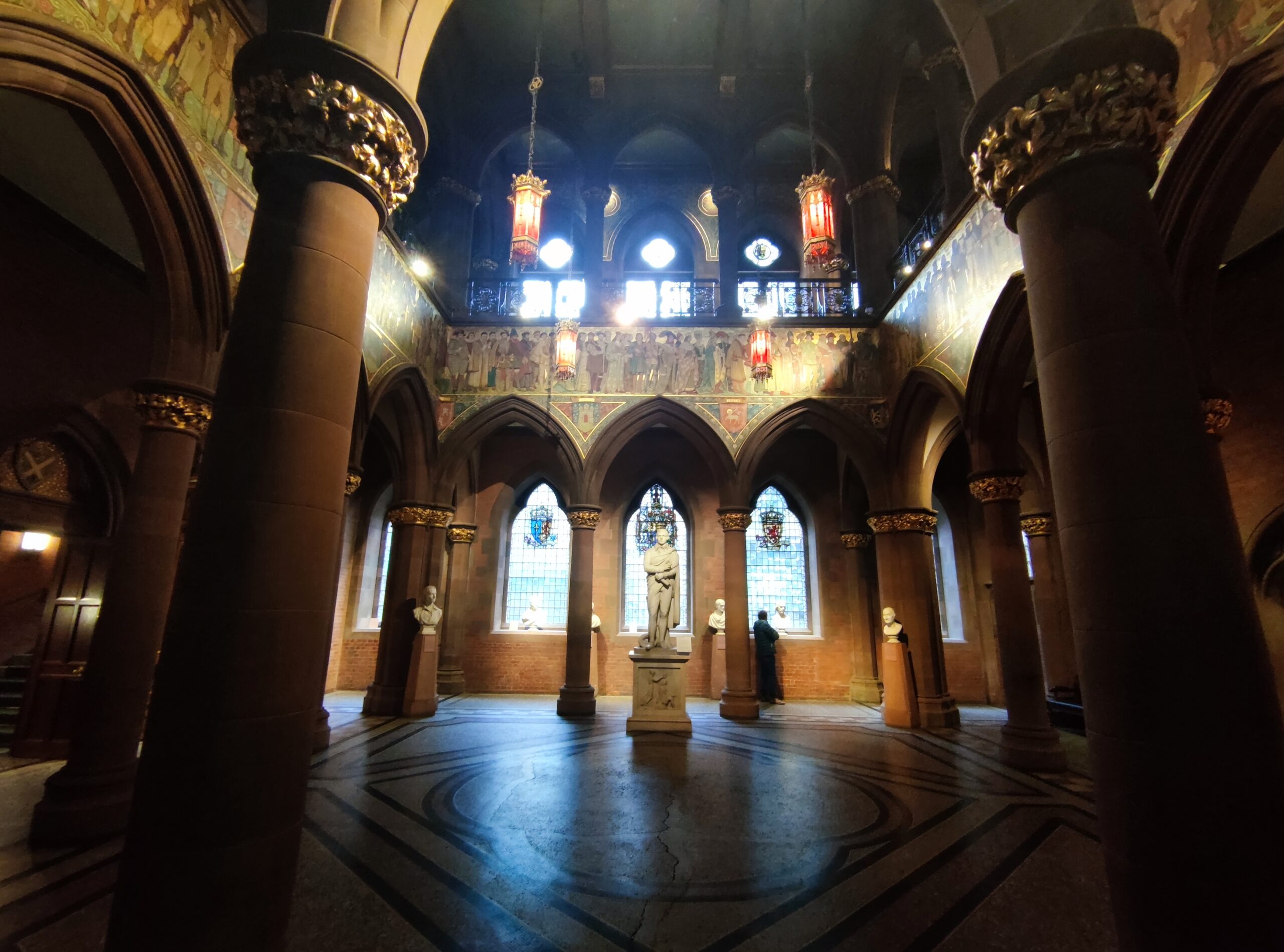
I went to the Portrait Museum for research this week, and this week’s blog will mainly analyze the natural and artificial lighting inside the museum. I will focus on analyzing the lighting design of the lobby and exhibition hall.
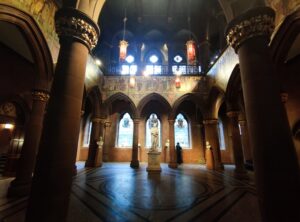
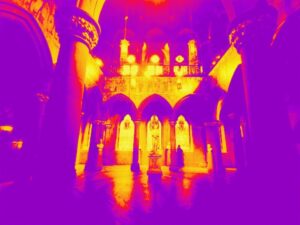
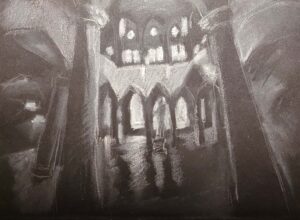
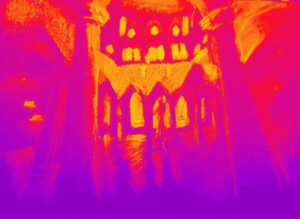
The natural light source in the museum lobby is mainly the sky light on the north side, but this is clearly not enough. So artificial lighting is necessary during the day.
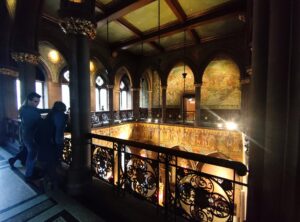
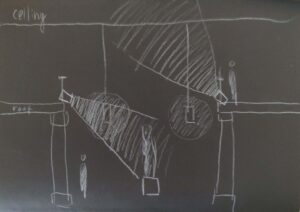
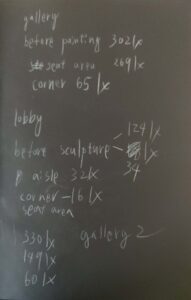
The main source of artificial lighting is a circle of spotlights on the second floor. In addition, there are four chandeliers in the middle of the lobby, but their decorative function is greater than the lighting function.
Afterwards, I measured the lighting intensity in some areas.
Outdoor: 3121 (cloudy)
Lobby:
Sculpture attachment area: 124lx
Window aisle area: 321lx
Seat area: 161lx
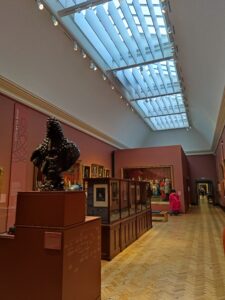
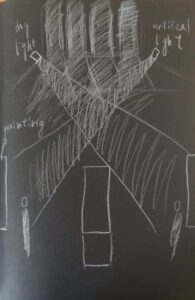
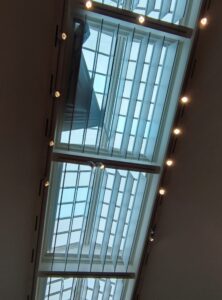
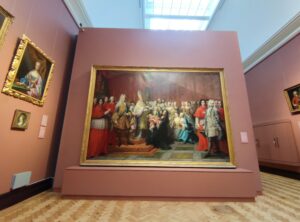
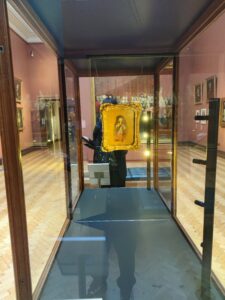
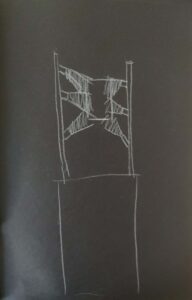
This is the most interesting exhibition hall I think. Its natural light source comes from the sunroof. There are vertical blades under the skylight, which can be rotated to adjust the light flux.
The artificial light source in this exhibition hall mainly comes from the track lights on both sides of the skylight. This type of lamp is easy to adjust and can change with the replacement of exhibits.
Exhibition Hall 1:
Area near oil painting: 302lx
Seat area: 269lx
Corner: 65lx
The display cabinet in the middle of the exhibition hall also has a separate lighting design, mainly highlighting the exhibits through spotlights.
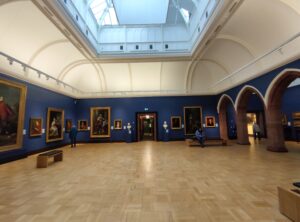
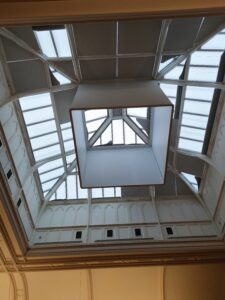
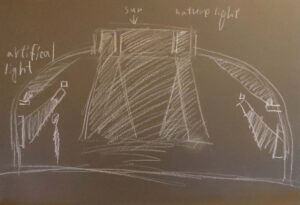
The natural lighting and lighting control methods of the second exhibition hall are similar to those of the first exhibition hall. But the artificial lighting method includes track lights and wall washing lights. This makes the roof look taller.
Exhibition Hall 2:
Area near oil painting: 330lx
Seat area: 149lx
Corner: 60lx
Finally, to summarize my personal experience, I think the visual effect of some paintings during the day is average. This may be because it was a cloudy day and the sky was cold, but indoor lighting was generally warm. I visually measured the color temperature between 3000K and 3500K. Perhaps it is due to a conflict between the color temperatures of the two lighting sources that the visual effect is average.